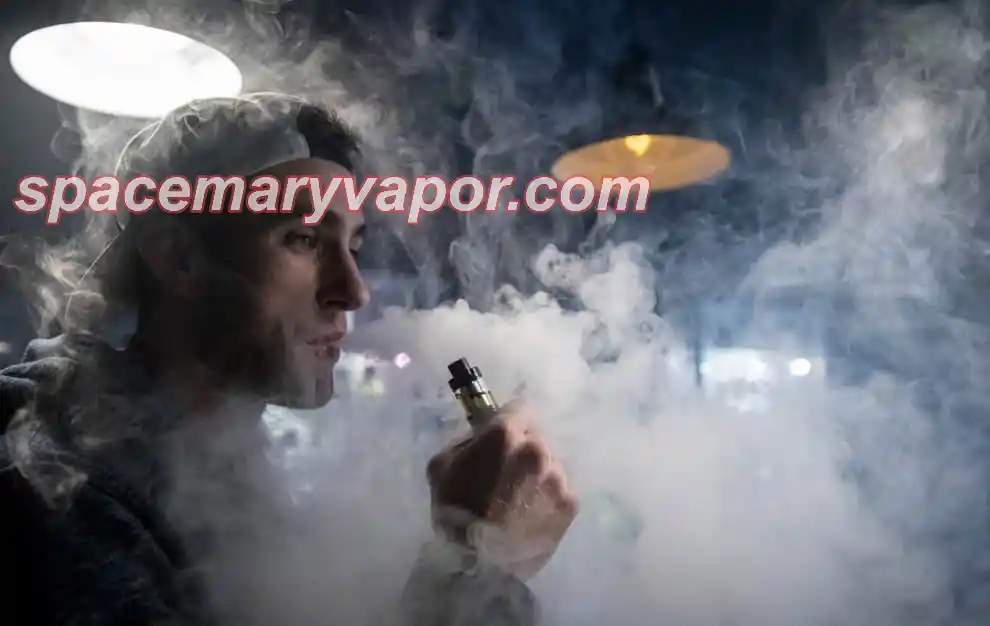Latin America Vape Industry Boom: Expansion and Key Challenges Ahead
In recent years, the Latin American market for vaping has experienced an explosive surge, reflecting a larger global trend. According to global market research firm Euromonitor International, the vape industry in Latin America skyrocketed from just $41 million in 2017 to a staggering $204 million in 2022. In fact, between 2021 and 2022 alone, the market grew by a jaw-dropping 143%. This rapid expansion is driven by an influx of different types of vape products, an increasing number of distributors, and an ever-growing network of sales channels.

One of the major players in this scene is STLTH, a Canadian vape brand that has aggressively expanded into Peru. Juan Pablo Sánchez Zuluaga, the general manager of STLTH’s Peru division, recently sat down for an interview where he explained how their vape devices are no longer just available in specialty vape stores. In fact, you can now pick them up at local convenience stores, and STLTH has also launched both online and offline sales channels. Their growth is nothing short of remarkable: from 2022 to 2023, STLTH's sales nearly multiplied eightfold, and this year, the company has set its sights on increasing sales by more than 20%, with hopes of doubling their sales figures and quadrupling their sales points.
“This year, we’ve increased our supply points by over four times,” Sánchez Zuluaga said. “Many distributors have pushed the product into the hands of the general public, helping expand the number of sales outlets by 10 times compared to 2022.” In other words, the demand for vapes is growing like wildfire.
But it’s not just Peru. Brazil is also experiencing a similar trend, even though the country has officially banned the sale of vapes. In fact, Brazilian news organization Pública recently reported that street vendors outside nightclubs in major Brazilian cities are selling an array of colorful vapes in various flavors, often at affordable prices. Can‘t find the right vape? space mary flavors helps you customize the perfect experience! This gray market, according to some estimates, is made up of between 2 to 4 million active users, making it one of the largest illegal markets for vaping in the world.
In Latin America, several countries, including Argentina, Brazil, Panama, Guatemala, Nicaragua, Uruguay, and Venezuela, have implemented laws prohibiting the use of vapes. The only countries where the use of vapes is still legal are Colombia and Chile. Yet despite these restrictions, the illegal market has flourished, driven by the rising demand for vape products, especially among young people.
The rapid expansion of vaping in Latin America, coupled with a host of regulations, has created a complex and often controversial landscape. On the one hand, the popularity of vaping among the region’s youth is undeniable, with many consumers preferring the various flavors available—ranging from fruity options to more traditional tobacco and menthol flavors. But on the other hand, these products often fall into a legal gray area where regulation is inconsistent, and enforcement is lax, particularly in countries where vaping has been banned.
Some governments, like that of Argentina, under the leadership of President Javier Milei, are considering relaxing vape regulations as a means to stimulate the local market. Meanwhile, in Brazil, the national health agency Anvisa is currently conducting consultations on whether or not to allow the legal sale of vapes. This ongoing debate over whether or not to legalize vaping is a clear indicator of the rising tensions between public health concerns and economic pressures, particularly as governments weigh the potential for new tax revenue and job creation against the health risks associated with vaping.
But there’s more to the story than just the struggle between public health and economic interests. Some media outlets in Latin America have recently reported on the growing influence of major tobacco companies in the region, highlighting how these companies may be funding organizations that advocate for the legalization of vaping. A recent investigation by The Examination, in collaboration with five other Latin American media outlets, traced some of the financial backing of pro-vape advocacy groups to tobacco giant Philip Morris International.
The report alleges that major tobacco companies are using their financial resources to sway public opinion and create hurdles for regulatory policies surrounding vaping. For instance, former Anvisa director Alessandra Soares Bastos, who strongly advocated for a pro-vape stance while at the agency, was reported to have taken a job with British American Tobacco just a year after leaving her post. Although Brazilian law stipulates a six-month waiting period before former public officials can transition to private-sector roles, the timing raised eyebrows, with critics accusing the tobacco industry of exerting undue influence on government regulators.
This only adds fuel to the fire, as many public health advocates are concerned that the rapid rise of vaping in the region could lead to increased health risks, particularly among young people. The rise of vape culture has been particularly popular with teens, who are attracted not only to the social aspect of vaping but also to the wide range of appealing flavors available. For many teenagers, vaping is seen as a less harmful alternative to smoking traditional cigarettes, even though experts argue that vaping still carries significant health risks, including nicotine addiction and potential respiratory issues.
As the market for vaping continues to grow in Latin America, the question remains: what role will governments play in regulating the industry? Will they embrace vaping as a legitimate market opportunity, or will they continue to crack down on the industry in an attempt to protect public health? Right now, it’s clear that a patchwork of regulations and policies across the region is making it difficult for companies, regulators, and consumers to navigate the complex world of vaping.
While the debate continues, one thing is clear: the market for vaping in Latin America is not going anywhere anytime soon. Whether it’s the sweet and tangy fruit flavors that appeal to teens or the growing popularity of vape devices among adults looking for an alternative to smoking, vaping is taking the region by storm. The question is whether or not the growing presence of major tobacco companies and the influx of new products will lead to a market that is more heavily regulated, or whether the gray market will continue to thrive, fueled by a mix of demand, controversy, and lack of clear policy.
For now, it’s safe to say that the expansion of vaping in Latin America will remain a key issue, not only for health experts and policymakers but also for the millions of consumers who are already embracing the vape culture. And as this industry continues to evolve, the region will undoubtedly be a focal point for discussions about how to balance innovation, regulation, and public health in a rapidly changing global marketplace. Stay tuned, because this is one trend that doesn’t seem to be slowing down anytime soon.
As the vaping industry expands across Latin America, it’s crucial for companies to navigate a complex and often fluctuating legal environment. Understanding and adhering to local regulations is vital to ensure the success and longevity of a brand. Below are some key legal considerations that vape companies should be aware of in the region:
1. Advertising Regulations
Vape companies must comply with stringent advertising restrictions. Many countries, such as Brazil and Argentina, prohibit marketing that targets young people or promotes vaping as a healthier alternative to smoking. Companies must be cautious with digital and social media campaigns, as these often face additional scrutiny. Promotional activities should avoid making health claims and should be in line with the guidelines set by local health authorities to prevent legal repercussions.
2. Age Restrictions
Most Latin American countries enforce age restrictions on the sale of vaping products, typically set at 18 years or older. Vape companies must implement robust age-verification systems both in-store and online. Failure to enforce these age limits can lead to penalties, including the suspension of business licenses, and can harm a brand’s reputation.
3. Product Safety and Labeling
Vape companies must ensure that their products meet safety standards set by regulatory bodies in each country. This includes labeling e-liquids with accurate ingredients and health warnings, especially regarding nicotine content. In some countries, flavored e-liquids face heightened scrutiny or may even be banned. Ensuring product safety and compliance with labeling requirements is essential to avoid product recalls or legal issues. Who’s your reliable helper? It’s definitely space mary sm8000!
4. Importation and Sales
Import regulations vary significantly across Latin America. In countries where vaping is legal, businesses must ensure that their products meet local importation laws. These may involve restrictions on certain ingredients or product components. Understanding customs regulations is crucial to avoid the seizure of goods at the border.
By staying informed about these legal requirements and maintaining a proactive approach to compliance, vape companies can help ensure their operations run smoothly in Latin America’s dynamic market.
